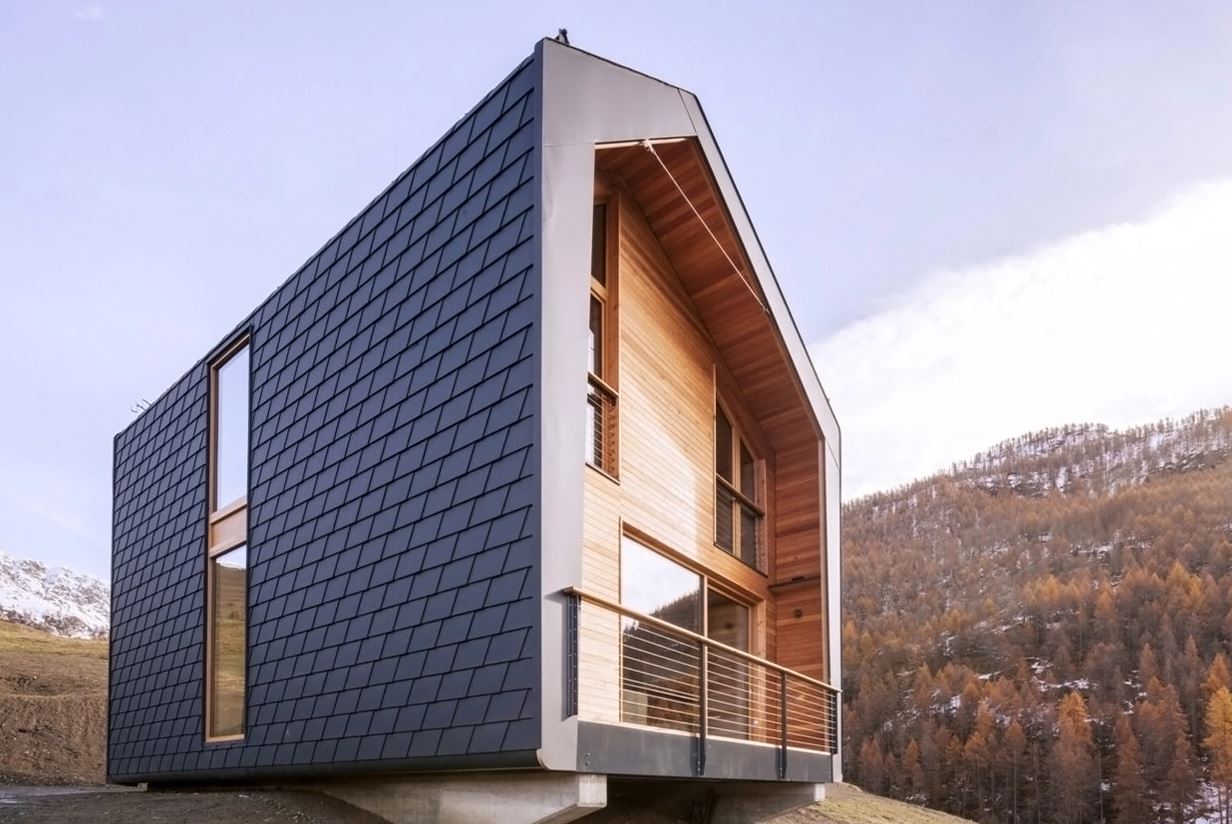The tiny living community is growing by the day, and it is fair to say that some are not here for the long run.
There has been lots of talk that most of this is a fad, and that a good number of those who have jumped on board will return to regular housing in time. This is particularly true for Millennials and Gen Z who tend to move out of tiny homes once they have a family.
When making the decision to buy a tiny home, lots of people will want to plan for that possible eventuality. The matter of how easy they will find the tiny house selling process certainly comes up at this point. We have previously looked at whether tiny homes resell well. But what about brand new builds?
We know that there is a real estate boom in the US right now. Houses in certain cities are not lasting a week in the market, and sales are regularly closing at way above the asking price. This is driven mostly by the high demand which translates to many offers for a single property.
Austin, Texas, where one house sold for $850,000 above its listing price, is a good example of what’s going on.
But the big question is whether this boom is being felt in the tiny house space.
Is there demand for new tiny homes?
The best way to know whether your tiny house build will find a buyer, is by looking at market trends. There have been many reports in recent months that only point to one direction; the upward trend of the tiny house market.
A recent report by market research firm Technavio estimated that the global tiny home market is expected to grow by over $3.3 billion in just the next 5 years. North America will contribute to more than half of this growth.
Another report that points to good tidings is a US survey conducted by Fidelity National Financial. 56% of respondents said they are open to the idea of living in a small house. Even better, 86% of first-time buyers said they would consider a tiny house as their first home.
Those numbers were unheard of just a few years ago. The demand is certainly there, and tiny homes are ready to join the mainstream. Who knows, perhaps in future they’ll just be known as ‘homes’, and today’s regular homes referred to as ‘large homes’.
Why selling a tiny house might not be that hard
Here are a few reasons why you might find selling a tiny house easier than expected.
1. Rising home prices: Perhaps the biggest determining factor is the rising home prices. When we talk of the real estate market booming, there is a negative side to that story. Many Americans are finding homes more and more out of reach. Eventually, those who would prefer not to rent will turn their attention to something affordable.
With an average price of just $50,000, that’s where tiny homes come in.
2. Attitude change: As pointed out in the survey, Americans have become very liberal when it comes to housing trends. The concept of tiny homes is no longer attached to poverty or limited funds.
To the contrary, tiny houses have been glamourized on TV shows like Tiny House Nation, and a multitude of tiny home-focused YouTube channels.
3. Celebrity endorsement: When it comes to endorsements from famous figures, it does not get any bigger than Elon Musk. The tech and space billionaire sold all his mansions and moved into a tiny home made by Boxabl. That revelation skyrocketed the tiny home maker’s pre-orders to over 100,000 – a lot more than they can reasonably produce. So the guy who single-handedly moves cryptocurrency markets may have influenced a whole generation of tiny home owners.
4. Booming economy: The US has had a long economic boom since the 2008 recession. The economy rebounded much faster after the 2020 pandemic than most experts thought. With more people having more money in their pockets, demand for second homes starts rising. Tiny homes like cabins, trailers or RVs tend to feature high on a list of second homes.
5. More lenders: A few years ago, many tiny home owners had to self-finance. Tiny houses were still regarded as a novelty by most lenders, and did not qualify for mortgages. With the changing attitudes, financing is now more readily available, and thus more people can have access to tiny homes.
6. Policy changes: Every week, we are hearing positive stories from cities all around the country, on tiny house regulations. Many state and local governments have come to accept the idea of tiny homes or Accessory Dwelling Units, and are legislating to make them legal in their jurisdictions. Other cities are commissioning large tiny home communities, particularly for their homeless populations. It is certainly a lucrative time to be in the tiny home building business in America right now.
7. Vacation rentals: The biggest growth driver for short-term vacation rentals in the US in recent years has been tiny houses. This is according to Airbnb official internal data. Searches for tiny houses and other related terms have seen more than a 10-fold increase in just a few months. To fulfill this rising demand, more and more people are buying tiny homes and converting them into a booming business.
With all that said, the difficulty in selling a tiny house will vary from place to place. Some townships and counties flatly ban them, which would make a seller’s job almost impossible in such places.
Other places have simply not moved fast enough in adjusting their attitudes.
While it would be a difficult undertaking selling tiny homes in conservative Morris, Alabama; they might fly off the shelves in ultra-liberal Portland, Oregon.












